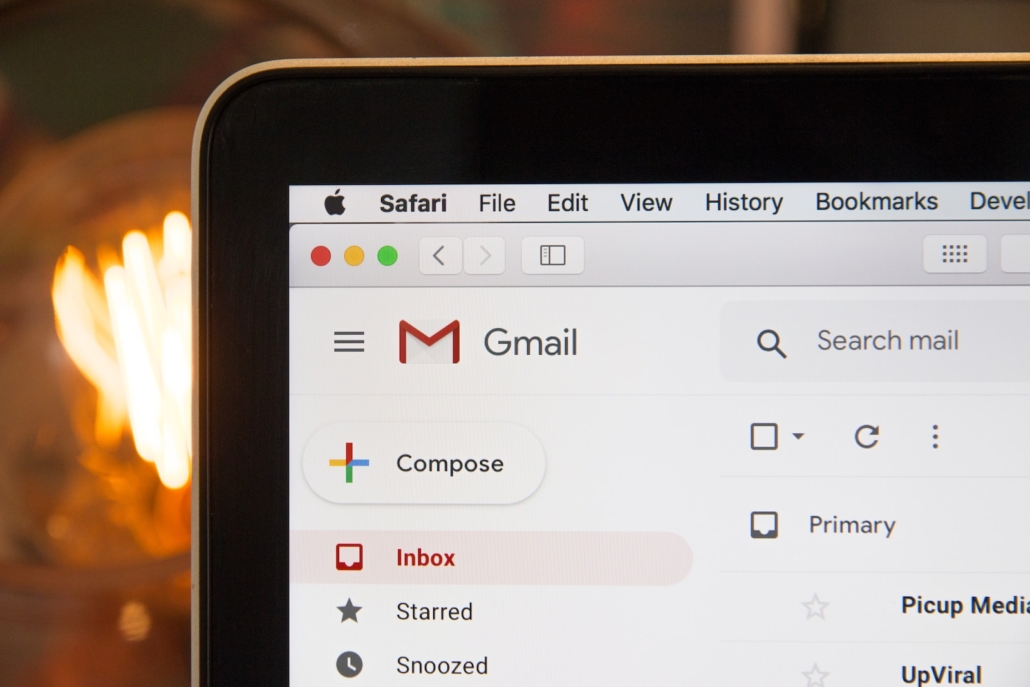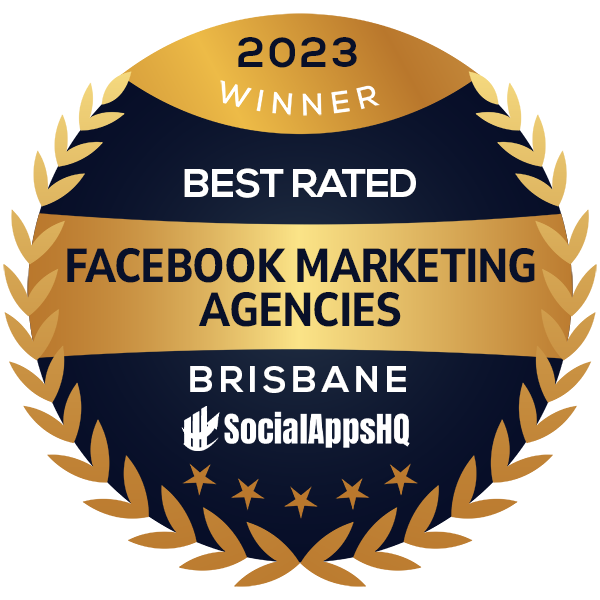In today’s digital era, email marketing remains a cornerstone of successful business communication. However, the sheer volume of emails flooding our inboxes makes it increasingly challenging to capture and retain the attention of recipients. To break through the noise and make a lasting impact, marketers need to leverage the power of personalisation in email marketing. In this article, we will explore how personalisation can revolutionise your email marketing strategy, drive engagement, and unlock remarkable success. Get ready to embark on a journey to harness the true potential of personalised email marketing!
Understanding the Impact of Personalisation on Email Marketing
In a world of generic messages and one-size-fits-all approaches, personalisation stands as a beacon of distinction. By tailoring your emails to individual recipients, you can create a sense of exclusivity and relevance that captivates their attention. Moreover, it’s important to delve into the statistics and research that highlight the undeniable impact of personalisation on key email marketing metrics. This includes open rates, click-through rates, and conversion rates. Brace yourself for eye-opening insights that will inspire you to take your email marketing to new heights.
Getting to Know Your Audience: The Foundation of Personalisation
Understanding your audience on a deeper level is the foundation of effective personalisation in email marketing. Collecting and analysing customer data, including demographics, preferences, and behavioural patterns, is key to unlocking valuable insights that shape your personalised approach. By harnessing the power of data-driven segmentation, you can divide your audience into distinct groups based on their interests, purchasing behaviour, or engagement history. Additionally, this segmentation allows you to create hyper-targeted messages that speak directly to the unique needs and desires of each segment.
With the right strategies and tools in place, you can gain invaluable insights into your audience’s motivations, pain points, and aspirations, enabling you to craft personalised emails that truly resonate with them. By investing time and effort in understanding your audience, you lay a solid groundwork for effective personalisation that drives engagement, builds trust, and ultimately boosts the success of your email marketing campaigns.
Personalisation Techniques that Drive Engagement
Now that you have a solid understanding of your audience, it’s time to unleash the power of personalisation and take your email marketing to the next level! Let’s start with the basics: addressing recipients by their names. It may seem simple, but personalising your subject lines with a touch of individuality can make a world of difference. Imagine the impact of seeing your own name in the subject line—it instantly grabs attention and creates a sense of connection. We’ll explore clever ways to incorporate personalisation beyond just names, making your subject lines feel tailor-made for each recipient.
Moreover, discover how to dynamically populate your email content with relevant information based on each recipient’s preferences, previous interactions, or browsing history. Whether it’s showcasing recommended products, displaying location-specific offers, or even adapting the email layout to match individual preferences, dynamic content adds that extra touch of personalisation that captivates and engages your audience.
Remember, personalisation is not just a buzzword—it’s the secret sauce that sets you apart from your competitors and cultivates meaningful relationships with your subscribers.
Automation: The Secret Sauce to Scalable Personalisation
Personalisation doesn’t have to be a daunting task that consumes all your time and resources. In fact, with the magic of marketing automation, you can unlock a whole new level of efficiency and scalability in your email campaigns.
Picture this: You set up a series of automated workflows that respond to your subscribers’ actions in real-time. Whether they’ve abandoned their shopping cart, downloaded your latest e-book, or shown interest in a specific product, your automation system is ready to deliver the perfect follow-up email tailored to their exact needs.
But it doesn’t stop there. Marketing automation allows you to create dynamic workflows that adapt to each individual’s behaviour, sending relevant messages at the right time. From welcome sequences that make a memorable first impression to nurturing campaigns that guide leads through the sales funnel, automation ensures that every subscriber receives the attention they deserve.
Optimising and Measuring Personalisation Success
To ensure that your personalised email marketing campaigns continue to deliver exceptional results, it’s crucial to embrace a mindset of continuous improvement. This means rolling up your sleeves and diving into the fascinating world of A/B testing, metrics analysis, and gathering valuable feedback.
A/B testing, also known as split testing, is like having your very own email marketing laboratory. It allows you to experiment with different variations of your emails to see which elements resonate best with your audience. From subject lines and call-to-action buttons to layout and colour schemes, every little detail can make a significant impact on engagement and conversions.
However, testing alone is not enough. You need to become best friends with your email metrics. Dive deep into the data to understand what’s working and what needs tweaking. Metrics like open rates, click-through rates, and conversion rates hold the key to unlocking valuable insights. Furthermore, analyse the performance of your different email versions, track the behaviour of various audience segments, and identify patterns that can guide your decision-making. With data as your compass, you can navigate the vast sea of personalisation possibilities and steer your campaigns toward success.
Final Thought
Personalisation in Email Marketing has emerged as a game-changer, enabling businesses to deliver targeted, relevant messages that resonate with their audience on a personal level. By unlocking the power of personalisation, you can enhance engagement, boost conversions, and cultivate lasting relationships with your customers. Embrace personalisation as a cornerstone of your email marketing strategy and prepare to witness the extraordinary impact it can have on your business’s success.
Ready to take your email marketing to the next level? Let Done Digital be your trusted partner in unlocking the full potential of personalised and engaging email campaigns. Contact Done Digital today and let’s create email marketing magic together!



 Done Digital
Done Digital Done Digital
Done Digital
